There are many wind instruments that produce sound when blown into, but few are as easy to play as the recorder. Instruments like the saxophone, flute, and trumpet can be quite challenging when it comes to producing sound at the beginning, requiring proper technique and practice. However, with a recorder, anyone can make a sound simply by blowing into it. In this section, I would like to explain the mechanism behind how the recorder produces sound.
Air Reed
In the world of wind instruments, there are several different methods to produce sound. Some instruments, like the trumpet, generate sound by vibrating the player’s lips. Others, like the saxophone, use a reed that vibrates when air is blown through it. Then, there are instruments such as the flute that produce sound by directly vibrating the air, a method known as an ‘air reed.’ The recorder falls into this air reed category, where the simplicity of its design allows air to flow directly over a sharp edge, creating vibrations that turn into sound. This makes the recorder unique among wind instruments and remarkably easy to play.
So, how exactly does the direct vibration of air occur? As described in the diagram found in the explanation of “How the flute sounds“, there is a phenomenon called the “Kalman Vortex” where placing an obstacle within a flowing stream of air creates alternating vortices behind it. These vortices cause the air to vibrate, leading to the production of sound. This principle is fundamental in how instruments like the recorder and flute generate their characteristic tones, as the air stream interacts with the sharp edge of the instrument, creating a sequence of vibrations that become audible sound.
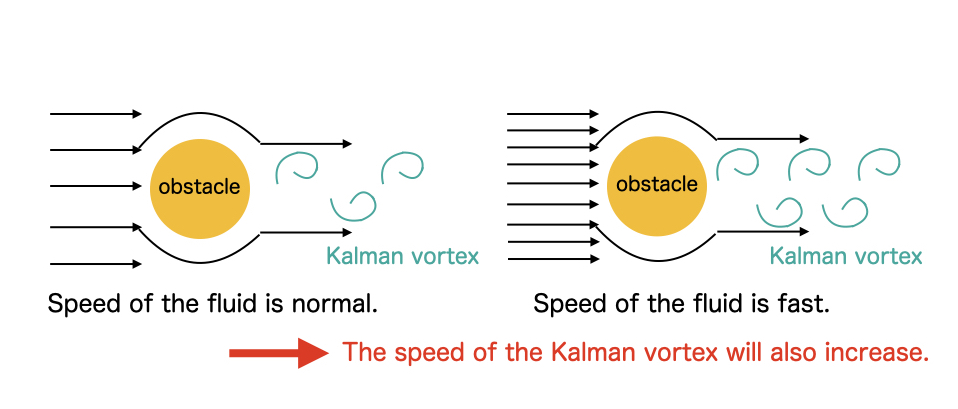
Imagine that the arrows represent the flow of a fluid, and the yellow circle is an obstacle within that fluid. When the speed of the fluid exceeds a certain threshold, a series of alternating vortices called a Kalman Vortex forms behind the obstacle. The faster the fluid flows, the finer and quicker the Kalman vortices become. This vibration of the Kármán vortex leads to the vibration of the air, which ultimately produces sound.
Now, let’s take a look at how the recorder creates these Karman vortices. The recorder has a specific structure, as shown in the diagram. When you blow into it, your breath travels through a narrow pathway known as the ‘windway,’ which directs the air toward a sharp edge called the ‘labium.’ This labium acts as an obstacle, just like the yellow circle mentioned earlier. As the air hits this edge, it forms Karman vortices, creating vibrations in the air that lead to the production of sound. This simple yet effective design is what allows the recorder to produce clear tones with minimal effort.
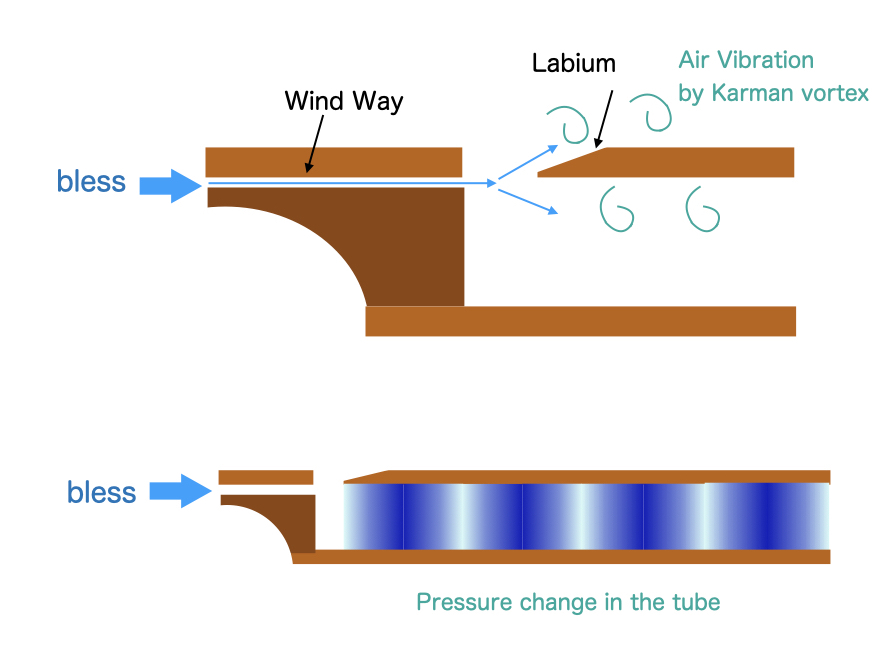
In the case of the flute, which also belongs to the air reed family, the absence of a windway means that players must use their own embouchure (the shape of their lips) to control the airflow and direct it precisely onto the edge of the instrument. This is why producing a sound on the flute can be quite challenging, especially for beginners, as it requires precise control and practice.
On the other hand, the fixed windway of the recorder makes it much easier to produce a sound. However, this also limits the range of expression that can be achieved through breath control. While techniques like vibrato and flutter tonguing are possible, the range of tonal colors—such as bright or mellow tones—is narrower compared to instruments like the flute. The fixed structure of the windway means that the dynamics and expressiveness of the sound are somewhat constrained.
Pitch Control
As for pitch control, it operates similarly to other woodwind instruments. By covering and uncovering holes along the body of the recorder, you effectively change the length of the air column inside the instrument. This allows the sound to resonate at specific wavelengths that are easily amplified, producing distinct pitches. The simple act of controlling the tube’s length lets the recorder generate a variety of notes, just like other wind instruments.

Let’s return to the concept of air reeds for a moment. Simply vibrating the air isn’t enough to produce a clear sound; it’s crucial to match the vibrations of the Kármán vortex with the frequency of the resonating note. By doing so, the sound becomes much easier to produce and more stable. While this isn’t as intricate as in the flute, it’s still important to adjust the speed of your breath depending on the pitch you’re playing on the recorder. Lower notes require a slower breath speed, while higher notes are best achieved with a faster breath. Just by being mindful of these adjustments, you can seamlessly play across a range of notes, from the low to the high register, with greater ease and control.
Recorder-ization of the Flute
There is a plastic flute called NUVO (pictured below), which you can purchase for around $200. One of the unique features of this flute is a magical accessory known as the ‘First Note Lip Plate.’ When this lip plate is attached, it essentially provides a ‘windway,’ just like that of a recorder. This means that you don’t need to worry about forming a precise embouchure or directing your breath in a particular way. You simply blow, and the flute produces sound effortlessly. It’s a great tool for beginners who want to get started quickly or for those transitioning from the recorder to the flute.
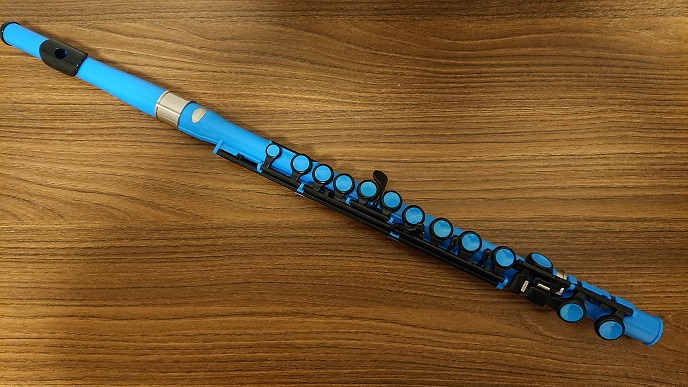
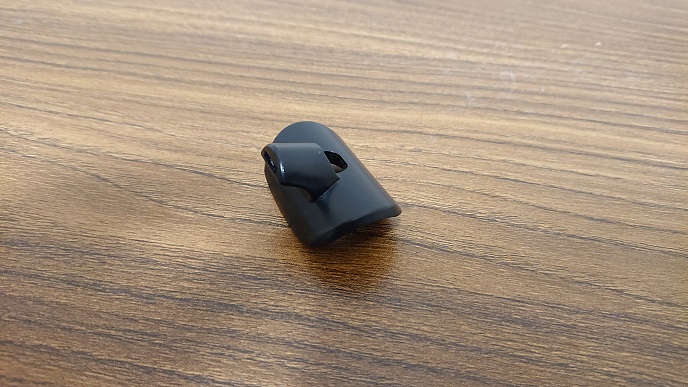
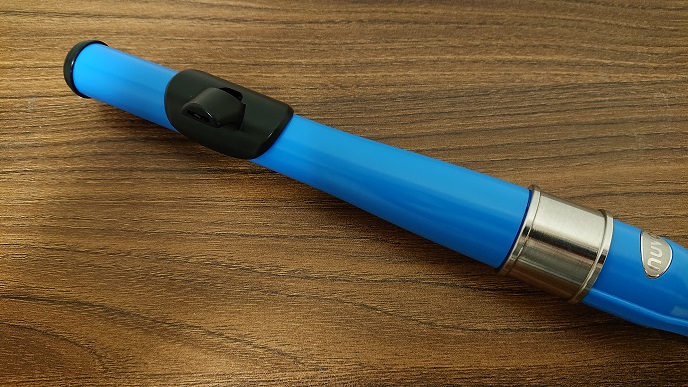
It’s important to note that this is not a toy, but a properly functioning musical instrument. The flute, especially for beginners, is known for being one of the most difficult instruments to produce sound on at first. However, with the included First Note Lip Plate, you can play it just like a recorder. This allows you to focus on finger positioning and enjoy practicing without worrying too much about breath control. Once you’re comfortable with the fingerings, you can gradually remove the First Note Lip Plate and start working on your embouchure and breath control. This two-step process can be a great way to ease into learning the flute, breaking down the initial challenge into more manageable stages.